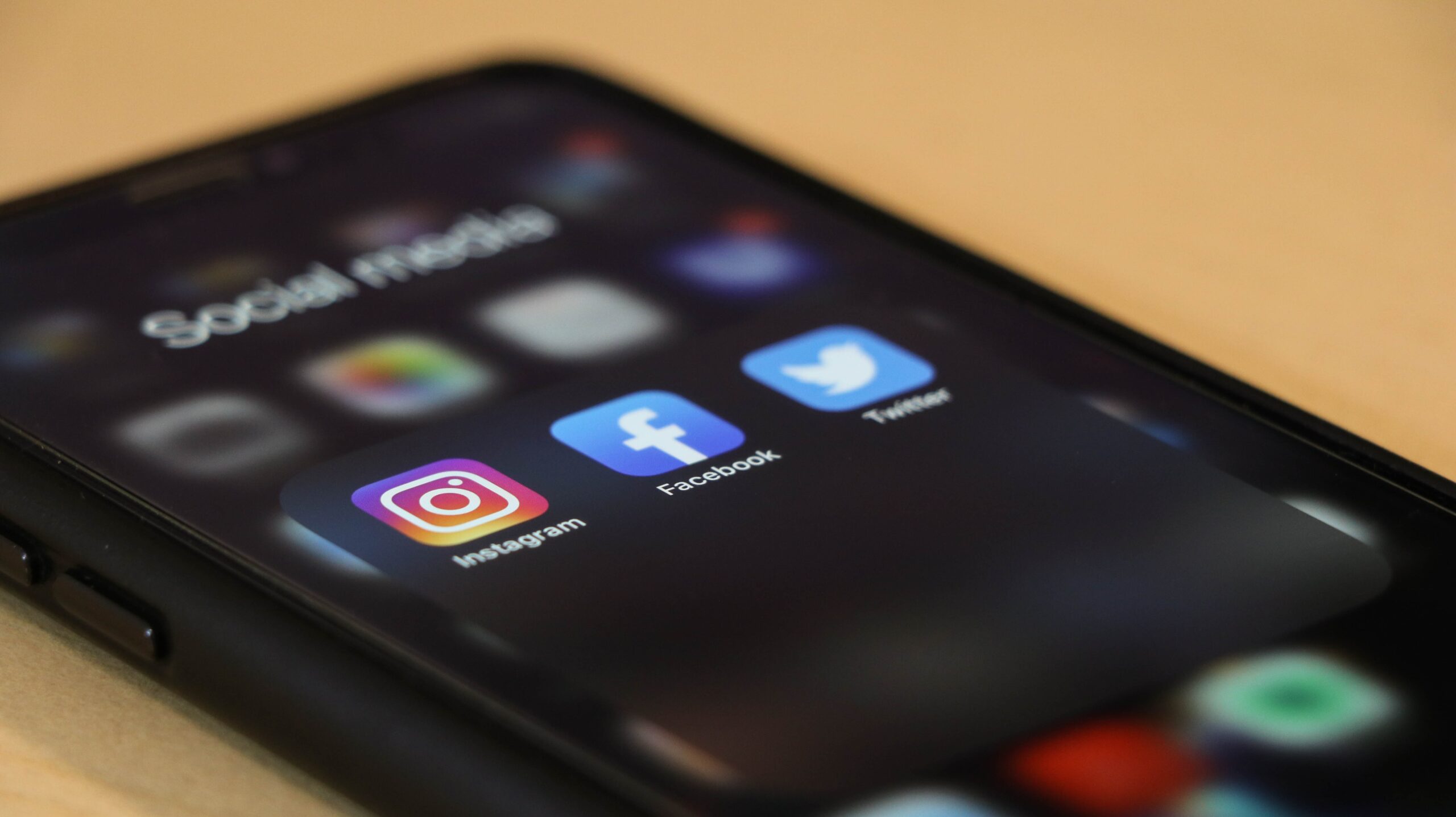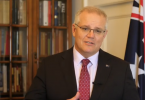News correspondent of TV 5 Greg Gregorio on social media as a platform for journalism
The internet has become a great tool for the public to ingest information, even then, this has not made a being a journalist’s job less relevant.
With information just being a touch away from our fingertips, it is only reasonable for journalists to use the web as a platform for reaching the public.

Greg Gregorio. By Greg Gregorio.
TV 5 news correspondent from the Philippines Greg Gregorio said a journalist’s main responsibility was informing not just “a bit” of a story but the entirety of a matter to the public, especially on media platforms like Twitter which limits the number of characters used.
“I think the presence, or the existence of social media does not make a journalist less relevant. It is more of a challenge for us, for a journalist to keep on writing or producing content that would give his or her audience the necessary information that he or she would need for his or her daily life,” he said.
Social media is commonly the place for the public to converse and interact about certain topics and a lot of sites have become a place for people to voice opinions. Interaction with the public cannot be avoided even when delivering news on social media sites.
A study from University of Oxford in 2009 shows that twitter was one of the fastest growing social media platforms for information and news sharing among individuals.
Journalists are very prone to backlash from the public on twitter, but it is a great avenue for the public to debate on what is happening around the world.
“I find it healthy, because your news having a backlash could also mean that they could open an avenue discussion about your audience,” Gregorio said.
Despite social media being a great tool for journalists, it still has its downsides.
Because everyone can upload anything on social media, this also means the bad and misleading stories, like fake news and clickbait.
A study conducted by Western Sydney University Senior Lecturer Tanya Notley, and Queensland University of Technology Associate professor Michael Dezuanni in 2020 found that 29 percent of young people, in which 43 percent were teens and 15 percent were children, received their news from social media.
“Since it (social media) gives free access to everyone, and for everyone to post things, share things, it also is also an avenue for the proliferation of fake news, or not necessarily fake news, but misinformation or misunderstanding, especially when one is sticking out of context,” Gregorio said.
Another downside for journalists is the unnecessary backlashes they receive when putting out news.
Gregorio said journalists need to consider the view points of those who comment on stories to ensure reports aren’t one sided.
Unnecessary comments on news and social media were not something that journalists could avoid.
Backlash from the public was not uncommon but he believed that everyone was entitled to their opinion and that it was important to accept that they were likely to differ from each other.
“If a journalist would be expressing his or her opinion, it should be clear if it is an opinion, or a truth of the matter,” he said.
Still, social media is a way for both a journalist and the public to co-exist where a journalist can open a discussion of views of different people.
Contents being shared on social media will always branch out for the public to ingest, analyse, and understand.
Featured image: Faith Macale on Canva







